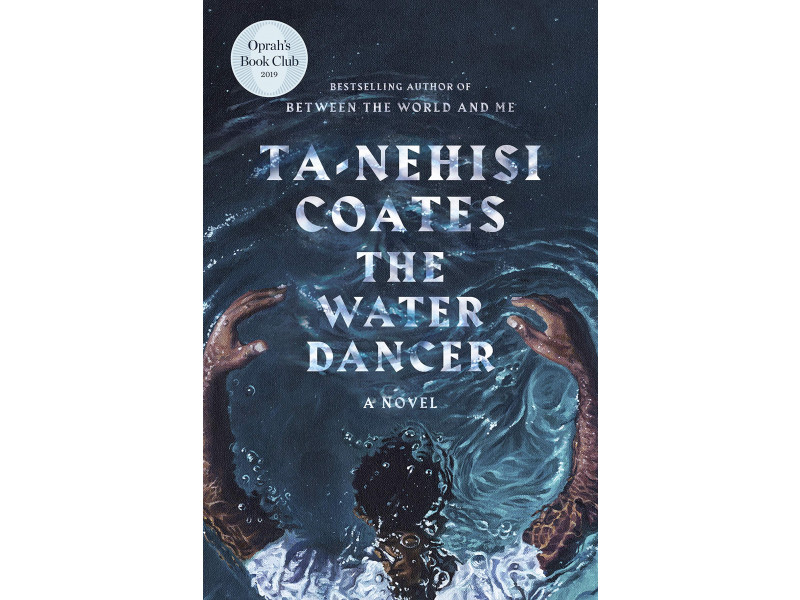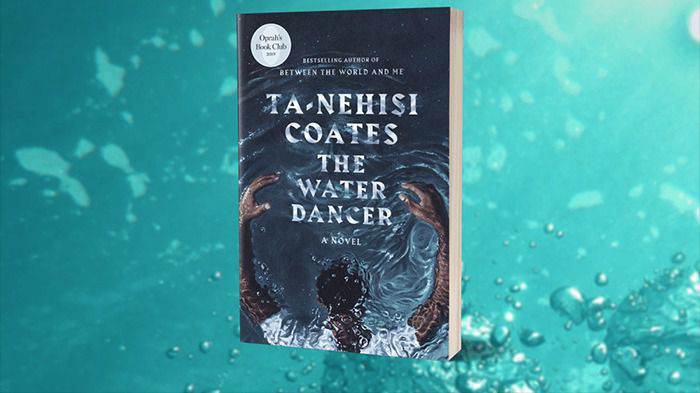
For example, Hiram grew up on a Virginia plantation called Lockless as the black son of the plantation’s owner. Sure, the physical suffering is acknowledged, yet Coates focuses more on the emotional and mental kind.

A lesser book would try to have whippings and beatings up the wazoo, but that’s not much of the case here. Even as he’s enlisted in the underground war between slavers and the enslaved, Hiram’s resolve to rescue the family he left behind endures.Įvery slave narrative includes some form of suffering to show how horrible it was to be a slave. Hiram goes on an unexpected journey that takes him far and wide. This brush with death empowers him to perform a daring scheme: to run away from the only home he’s ever known. That same gift saves his life years later when he almost drowns in a river. However, he was gifted with a mysterious power.

When he was a boy, his mother was sold away, and he was robbed of all memory of her. The Water Dancer is about a slave named Hiram Walker. With that being said, The Water Dancer by Ta-Nehisi Coates stands out from these kinds of stories through certain elements. They show up as both nonfiction and fiction, but as I’ve said on this website, the latter helps readers to better understand the feelings of the people involved in that point in history. Many authors – mainly black – have published these kinds of narratives, especially within the last 50 years. Within the last two years, there’s been a call to reexamine how the United States views its racist past, slavery in particular.

Warning: This book review contains references to sexual assault.


 0 kommentar(er)
0 kommentar(er)
